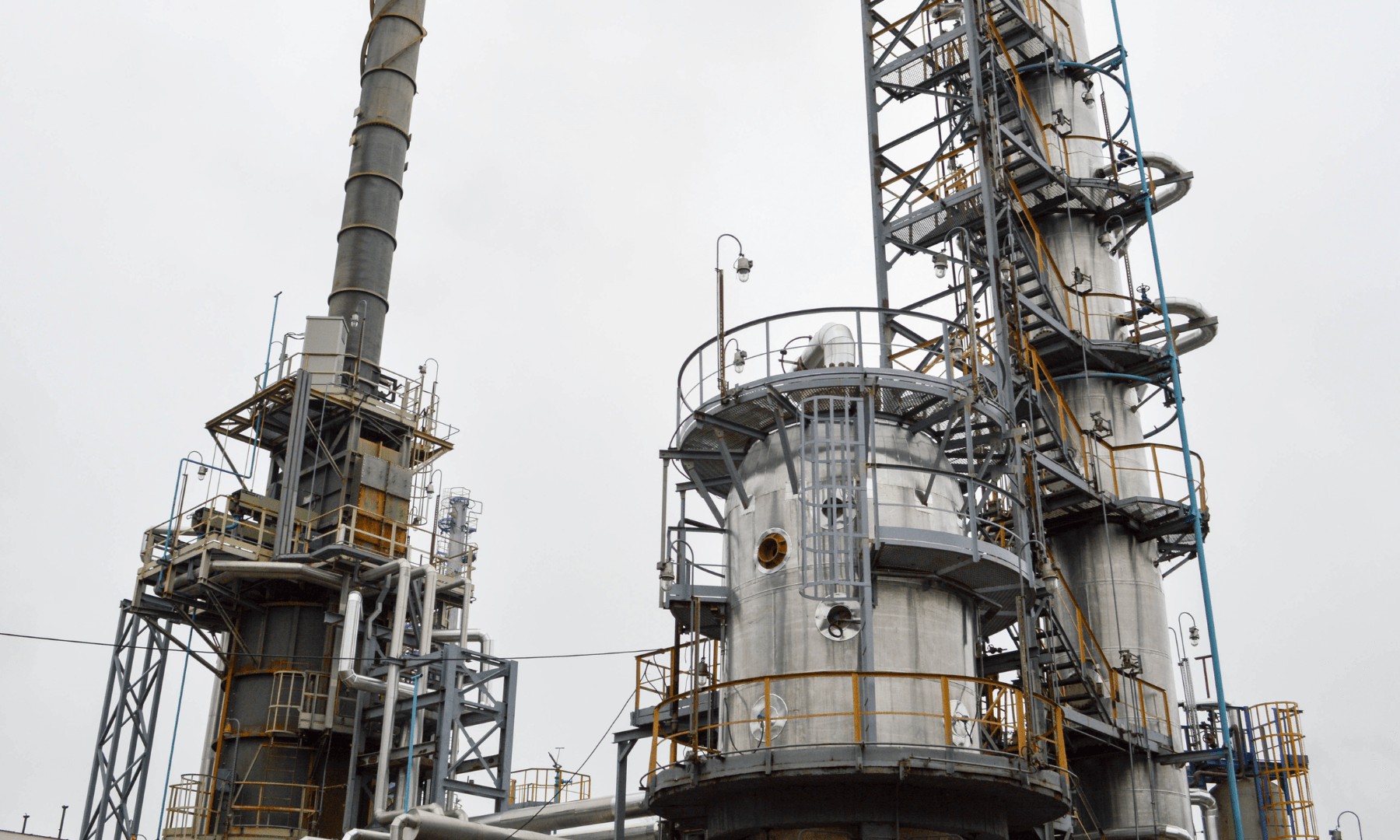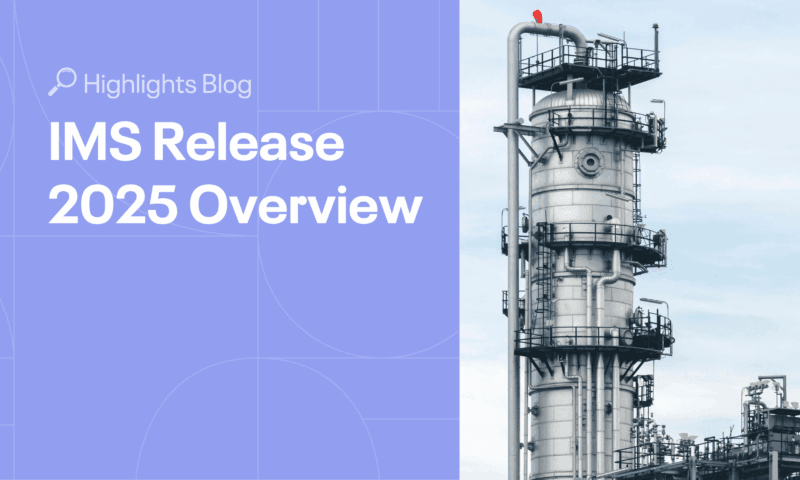Reliability-Centered Maintenance (RCM) is more than just a strategy – it’s a practical approach to improving maintenance planning and reducing downtime. Moving away from reactive, last-minute maintenance towards a structured, proactive approach can be transformative for organizations looking to reduce downtime and boost operational efficiency.
In this blog, we recap the key highlights and insights shared during the “Discover the Power of Reliability-Centered Maintenance” Webinar held by our RCM expert, Harry Van Teijlingen, giving you a practical overview of how to start shifting from reactive to proactive maintenance.
The Maintenance Mindset Shift: From Despair to Opportunity
Many organizations get stuck in the Circle of Despair—a cycle of reactive maintenance, growing backlogs, and shrinking budgets. This not only strains resources but also impacts morale and system performance.
RCM offers a structured way out. By shifting focus to proactive planning and high-risk assets, teams can break the cycle and use their resources more effectively.
By analyzing equipment degradation and learning from historical maintenance data, teams can proactively plan interventions before issues escalate. Rather than waiting for failures, RCM focuses attention on high-risk, high-impact components, allowing for better use of limited resources.
Why Failure Modes Matter
A core part of RCM is understanding failure modes—the specific ways in which equipment can fail. Identifying and analyzing these failure modes is essential to designing targeted maintenance plans that reduce the possibility and impact of breakdowns.
For example, bearing wear and inadequate lubrication can accelerate equipment failure. Monitoring oil levels and temperature trends gives early warning signs that preventive action is needed.
RCM as a Risk-Based Strategy
RCM is about prioritization. It’s not just about maintaining everything—it’s about maintaining the right things at the right time. By assessing equipment criticality and the consequences of failure, maintenance teams can take a risk-based approach that protects both people and performance.
Tools like maintenance libraries can help standardize responses across similar equipment, improving consistency and efficiency
Why Spreadsheets Fall Short—and What to Use Instead
Many organizations begin their RCM journey using spreadsheets, but as complexity grows, so do the limitations. Spreadsheets are often error-prone, lack version control, and make it difficult to track changes or collaborate across teams—especially when dealing with large asset inventories and detailed failure analyses. There is a growing need for dedicated RCM software that supports scaling efforts, centralizes knowledge, and maintains data integrity.
With purpose-built platforms, users can:
- Visualize failure mode analyses
- Track maintenance performance via dashboards
- Monitor analysis completeness and criticality scoring
- Access historical failure data quickly for better decision-making
Dashboards and Decision-Making
Visibility is everything when it comes to decision-making in RCM. Dashboards are crucial—whether for tracking condition monitoring results, checking analysis status, or identifying overdue tasks, a visual dashboard simplifies complex information.
Custom dashboards tailored to operational goals can help bridge the gap between maintenance teams and leadership, enabling better alignment and more informed strategies.
Maintenance, Interfaces, and Quality Checks
Maintenance processes rely on following structured steps to ensure smooth equipment operation. This is where checklists come in. In addition tracking theses checklists in equipment condition history are essential for continuous improvement and quality assurance.
Integrating systems—such as asset registers, inspection modules, functional safety modules, or a CMMS is essential for ensuring an optimized maintenance strategy and to prevent people working in silos.
From reactive to proactive – Improve your Maintenance Planning with RCM
Reliability-Centered Maintenance offers a clear, structured path to improving asset performance, reducing unplanned downtime, and making smarter use of resources. By focusing on failure modes, adopting a risk-based approach, and leveraging the right tools—such as dedicated software and dashboards—organizations can move beyond reactive maintenance and build more resilient, efficient operations. The key lies in combining proven methodologies with the right technology. With the right setup, maintenance teams are empowered to make data-driven decisions, prioritize effectively, and contribute directly to operational goals.
Implementing RCM at scale requires more than just a solid methodology—it requires tools that support collaboration, standardization, and long-term knowledge retention. A solution like IMS RCM brings these elements together in a single environment, combining failure mode libraries, dashboard-driven insights, and seamless integration with inspection and safety modules. With IMS RCM, maintenance teams can embed reliability practices into their daily workflows and sustain a proactive, risk-based approach across the organization.
Fordern Sie eine Demo an!
See how IMS RCM can support your maintenance transformation.




